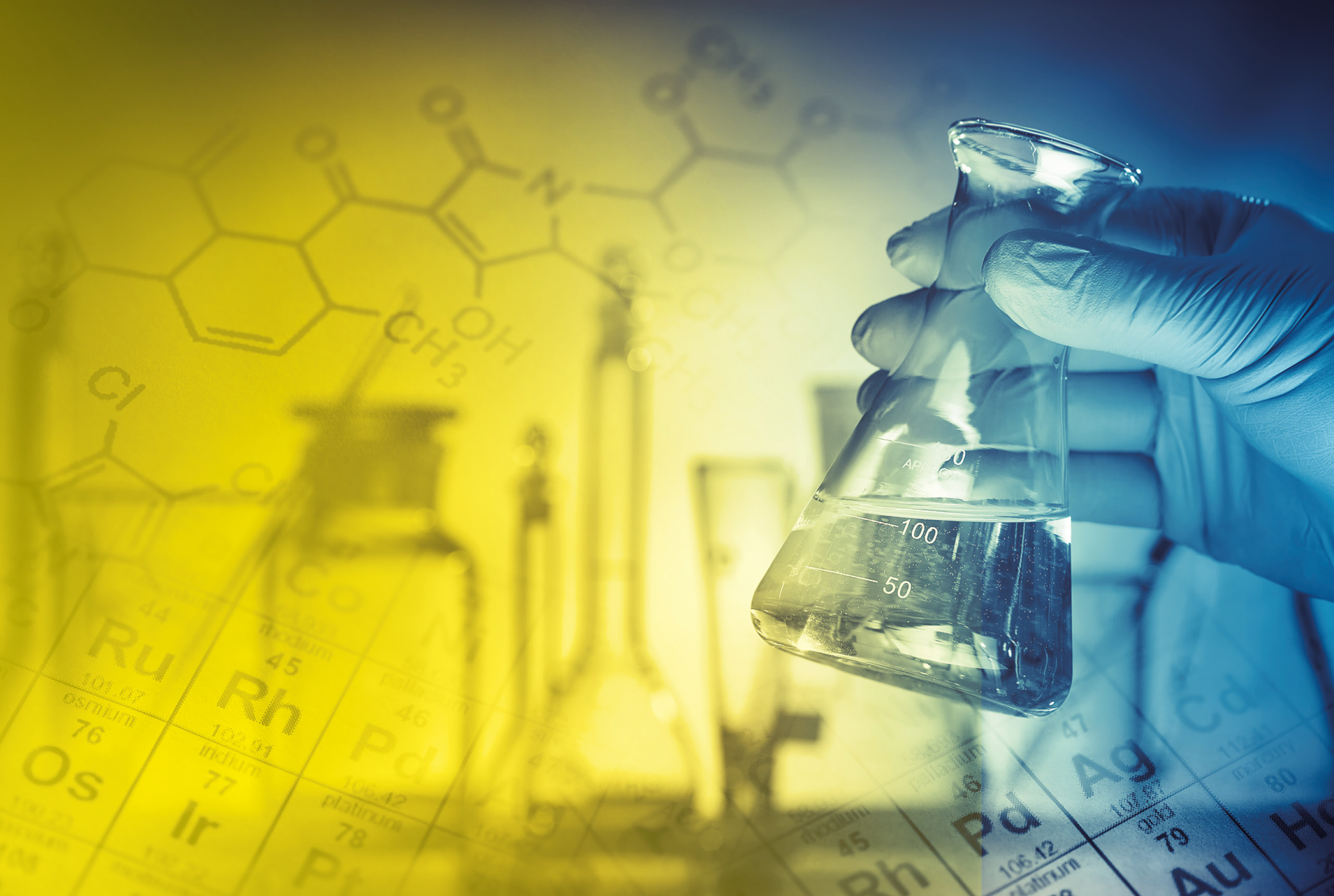
Your accredited test laboratories
Precision, flexibility and speed in the area of analytical problem solving
Metallographic examination methods are used to analyze coated components in order to assess the quality and structure of the coatings. In addition, surface tests are carried out to detect possible damage or impairments on the surface. The versatility and complexity of the surface tests aim to comprehensively record all aspects of surface stress, such as environmental influences, mechanical stress and potential health risks.
In the case of functional coatings, the substrate must be protected from external influences. Classic technical coatings include hard chrome, chemical nickel, zinc and zinc alloy coatings, cathodic electrocoating and powder coating. Decorative coatings are more concerned with visual appeal. Examples of decorative coatings include bright chrome, gold and silver coatings, and coloured lacquers.
Coatings fulfil very different functions. They can be technically necessary and therefore more functional, or they can serve a visual purpose. A distinction is also made between metallic and organic coatings (paint). In general, coating means that a substrate is covered with a material. The coating can be applied electrolytically, by dipping, brushing, gluing or spraying.
Coatings can be roughly divided into four categories: no coating, metallic coating, organic coating, and conversion and conversion layers. Metallic layers are applied to a substrate chemically or electrochemically from metal-containing salt baths. Organic layers or lacquers are applied either by dipping, powder coating or spraying.
Conversion layers are created by a chemical or electrochemical reaction of the metal surface with a treatment solution, forming a top layer. Part of the substrate is converted in the process. Typical examples are anodising, phosphating or chromating. These conversion layers can either serve as a separate layer or as an adhesive base for further coating. For all coating systems, a distinction is made between whether technical or optical requirements are to be met.